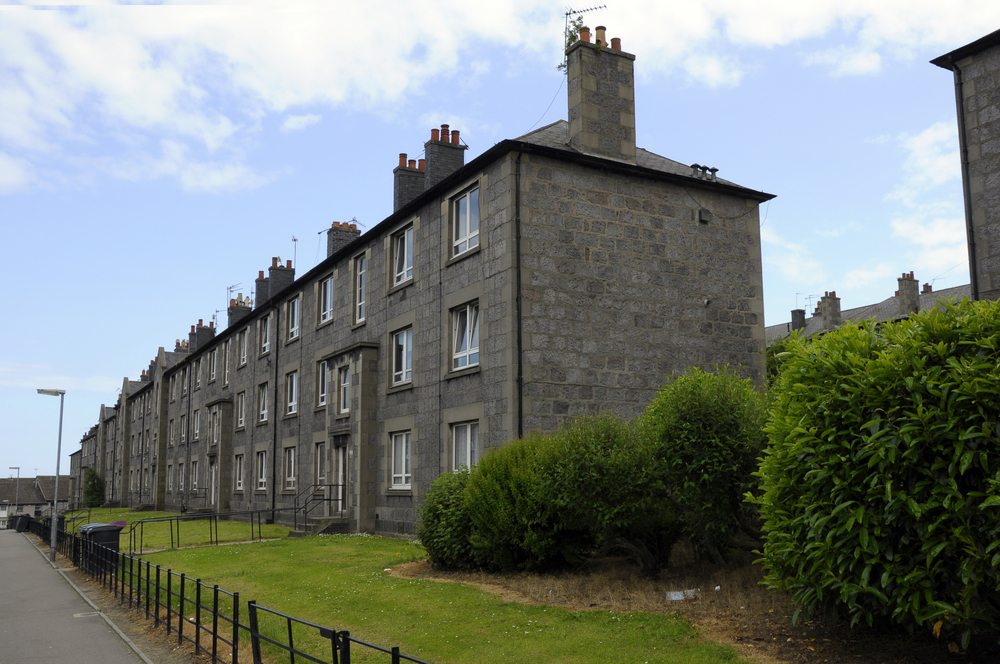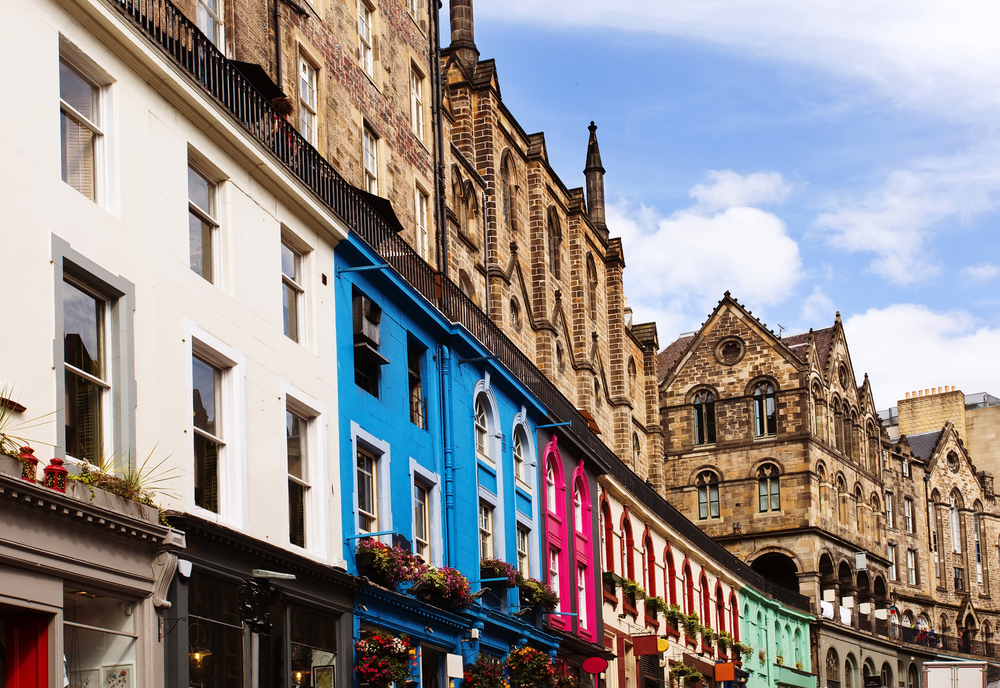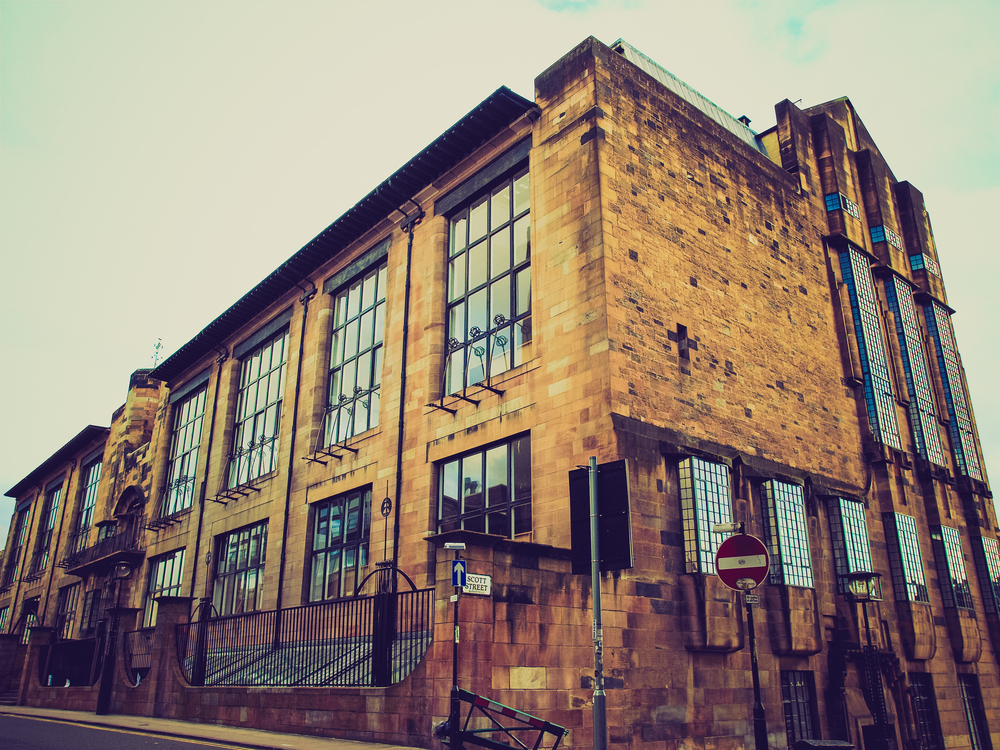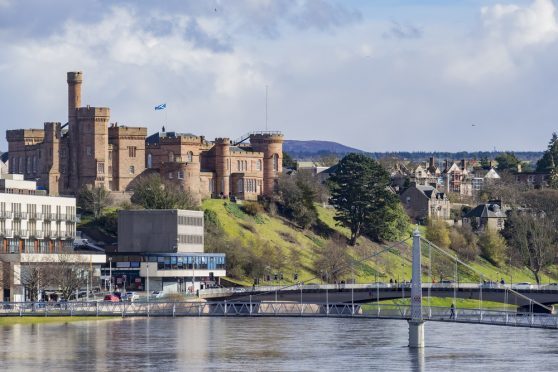The natural landscape of Scotland is stunning, and that’s before we start to consider the amazing architecture that can be found around the country. For the short distances between them, four of Scotland’s biggest cities look worlds apart, and have very different architectural histories.
INVERNESS
Established from as far back as 585AD, Inverness is one of Scotland’s most historic towns – where people in the Highlands met to trade.
King David settled in Inverness in the 12th century and built Inverness Castle – changing it from a wooden fort to stone. During the mediaeval times and Middle Ages trade flourished, with fishing, shipbuilding and exports of wool, fur and other materials.
1500-1600S
The longest-surviving house in Inverness is Abertarff House, which was built in 1593. The historic house was created as the town house for the Frasers of Lovat. It was developed with corbie steps – also known as crow-stepped gables – to stand out from other buildings on the street. Corbie steps are often associated with Danish mediaeval churches, and a number of other Scottish structures.
1700S – GEORGIAN FEATURES
Around 1726, Balnain House was built, with early-Georgian style characterised by strong symmetry and a powerful, imposing appearance. It’s now used as the office for the National Trust for Scotland.
The old court house, jail, and tollbooth steeple also reflect Georgian architecture, the steeple measuring 45 metres in height, and bold bronze bells being found in the spire.
1800S
The 1800s was host to a variety of examples of architectural change in Inverness. Alexander Ross (1834-1925), son of architect James Ross, designed the Inverness Cathedral in Gothic Revival style, having specialised in Episcopal church buildings. Ross’ designs are still on display in Inverness Cathedral. The Victorian Gothic-style Town House was also built in 1882, with characteristics of prominent finials and gables.
ABERDEEN

Aberdeen is known as the Granite City (or the Silver City) due to many of the city’s most well-known buildings and homes being made from granite from quarries around the area. Some examples of granite-made buildings in Aberdeen are:
1545
Provost Skene’s House is one of the city’s few examples of the pre-industrial use of granite. Granite is incorporated into rubble walling, and sandstone is used for more decorative features.
1820
Aberdeen Music Hall (Assembly Rooms). The front of the Music Hall was designed by Aberdonian architects Archibald Simpson and James Matthews. By 1961, this area was targeted for demolition, but it was instead refurbished and restored by the District Council in the 1980s.
1880s
Tenements around the Rosemount Viaduct. Like many cities in Scotland, tenement houses were built to improve the city. The tenements in Aberdeen were, of course, made of granite, and have period features typical of the time, including parapets and towers.
1886
No. 50, Queen’s Road. Commissioned by John Morgan and designed by J. B. Pirie, No. 50 Queen’s Road is an impressive example of domestic architecture.
1946
Rosemount Square. The much more modern Art Deco style also reached Aberdeen, with Rosemount Square’s circular housing block. It is a stunning mixture of modernity and tradition, with a sculpture of T.B. Huxley Jones being used to decorate the structure. Due to its coastal location, granite was also exported, making Aberdeen the granite capital of the world.
EDINBURGH

The boom in Edinburgh’s architecture began with the Act of Union in 1707. Before the Union, the city was a single street with small lanes or “wynds” running through it. The houses were mainly tenement buildings; tall, cramped, unsafe and piled high in order to cram the population into (what was) a very small space.
Some mansions did exist, mainly around the countryside. The wealthy and poor often lived in close proximity in the tenement buildings – with different floors being more desirable for the wealthy – and socialised in the same inns and alehouses. With the Act of Union, many of the political figureheads from Edinburgh moved to London, and the influence of the poorer classes increased. With it came a feeling of unrest.
AGE OF ENLIGHTENMENT
The Age of Enlightenment, a movement that celebrated and praised individuality and uniqueness, had a great impact on Edinburgh’s architecture. Creatives were welcomed into the city and the introduction of universities followed. William Henry Playfair was instrumental in Edinburgh Enlightenment and designed some of Edinburgh’s most monumental buildings, in a classical Greek revival style, earning Edinburgh its nickname of the Athens of the North. His accomplishments included the National Gallery of Scotland and the monument on Calton Hill.
Edinburgh’s town council proposed a new town in 1752, intended to alter the cityscape into symmetrical streets lined with terraced houses. Streets were named to celebrate the Act of Union and designs also included large, incorporated gardens, shopping centres and green spaces. It was expected that the wealthy would live in the New Town.
The New Town was built separate to the Old Town, separated by Nor Loch, now Princess Street Gardens. As the New Town flourished, the Old Town also benefited. Roadways and buildings at the Court and Exchange were also built at this time. Edinburgh now has nearly 5,000 listed buildings and is a heady mix of the mediaeval and the modern living side by side.
GLASGOW
Glasgow began as a religious settlement around a church created by St Mungo in 560AD. The religious settlement grew, with the construction of Glasgow Cathedral in 1197, which is still in use today – its mediaeval styling is synonymous with the time. In 1451, the university was built, which is consequentially one of the oldest universities in Europe.

Like Edinburgh, Glasgow city’s architecture was largely influenced by the Act of Union, which generated more trade in Glasgow than ever before, so Glasgow had to diversify its economy to be more focussed on ship building and other industries.
During the 19th century, the work of award-winning architect Charles Rennie Mackintosh transformed the landscape of Glasgow. In the 1890s, together with his contemporaries Margaret MacDonald, Frances MacDonald and Herbert MacNair, Mackintosh became part of the Glasgow Four, responsible for a big contribution to “Glasgow Style”. His style was ornamental and historical, eclectic and forward-facing. Glasgow Style was similar, very Art Nouveau, with a focus on innovation and decoration. This had a great impact on Scottish architecture, but also furniture and art.
Mackintosh’s innovative work included the Glasgow Herald Building; Glasgow School of Art and Walter Blackie’s “The Hill House” family home.
During WWI, larger-scale building work ceased, and Mackintosh became involved in a number of smaller, more domestic projects, including interiors for W. J. Bassett-Lowke. This was a move from Mackintosh to bolder geometric designs and primary colours. Designs created by Mackintosh can still be spotted today throughout the city of Glasgow.
While the city’s economy continued to grow solidly until WWI, its success contrasted with its overcrowded, poor conditions, slum areas and tenement houses. The boom was followed by a crash post-war. Originally, there were plans following the war to destroy the city altogether. After the wars, slums and tenements were cleared and replaced by modern-era estates and high-rise housing. New towns were also created to house some of the city’s population.
Contact: www.dmdesignuk.com
